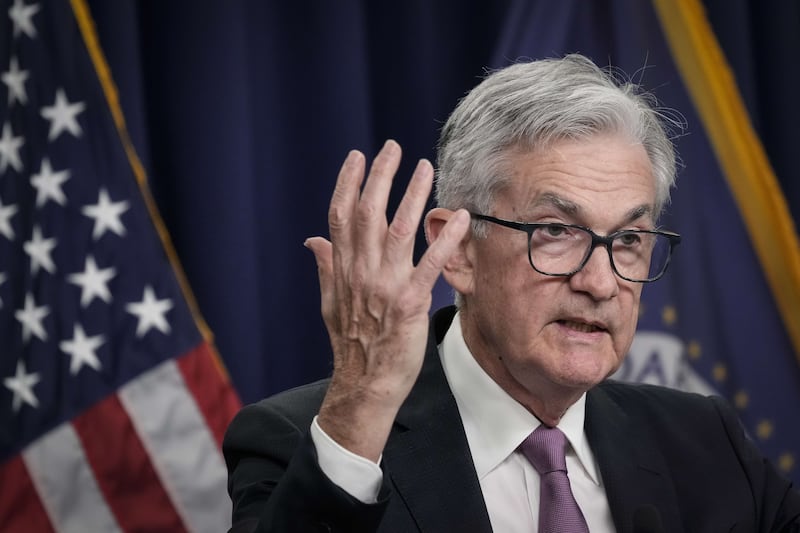The US Federal Reserve delivered another 75 basis points rate increase at its meeting last week, bringing the total increase in the Fed Funds rate to 225 bps since March.
Policy rates in the US are now as high as they reached during the Fed’s last cycle of increases from 2015 to 2018 — although this year, the central bank has achieved that level in only five months.
The day after the rate increase, preliminary data showed that the US economy contracted by about 1 per cent on a seasonally adjusted annual basis in the second quarter of 2022.
This was the second consecutive quarterly decline in economic output in the world’s largest economy and a technical recession, according to most economics textbooks.
However, calling a recession in the US is the job of a group of economists at the National Bureau of Economic Research (NBER). Their definition is a little broader and more subjective than the textbook one.
The NBER defines a recession as a “significant decline in economic activity that is spread across the economy and that lasts more than a few months”.
With the unemployment rate at 3.6 per cent in June and an average of 457,000 new jobs added every month since the start of this year, it is unlikely that the NBER would say that the US is currently in recession.
This is a view echoed by US Treasury Secretary Janet Yellen and Fed Chairman Jerome Powell.
At its last meeting, the Fed noted that some “recent indicators of spending and production have softened”, alluding to some of the weaker data such as purchasing managers' index surveys falling below 50 or a downturn in the property market. However, the central bank said it remains “strongly committed to returning inflation” to target levels and that it was “highly attentive to inflation risks”.
Unlike the last split decision to increase rates by 75 bps in June, the July vote was unanimous among Fed policymakers.
The question then is where the Fed goes from here. The next meeting is set to conclude on September 21, with two new inflation and employment readings and a series of additional economic data set to be digested before then.
In his comments after last week’s Federal Open Market Committee meeting, Mr Powell signalled that a period of slower growth and some softening in the labour market would probably be necessary to bring inflation down towards the Fed’s 2 per cent target.
Significantly, he did not rule out another outsize rate increase.
While inflation is expected to ease in the coming months, this will be a slow process and the risks from further supply shocks are to the upside.
The Fed has committed itself to bringing inflation down on a sustained basis before it considers halting the pace of policy normalisation and we are hesitant that the next two inflation prints — July and August — will give the Fed much conviction that the inflation story has turned.
As a result, Emirates NBD expects the Fed to push ahead with rate increases through the rest of this year, albeit at a slower pace than in the June and July meetings.
We have pencilled in another 150 bps in rate increases by the end of this year, slightly more than the market is currently pricing.
Khatija Haque is chief economist and head of research at Emirates NBD.






